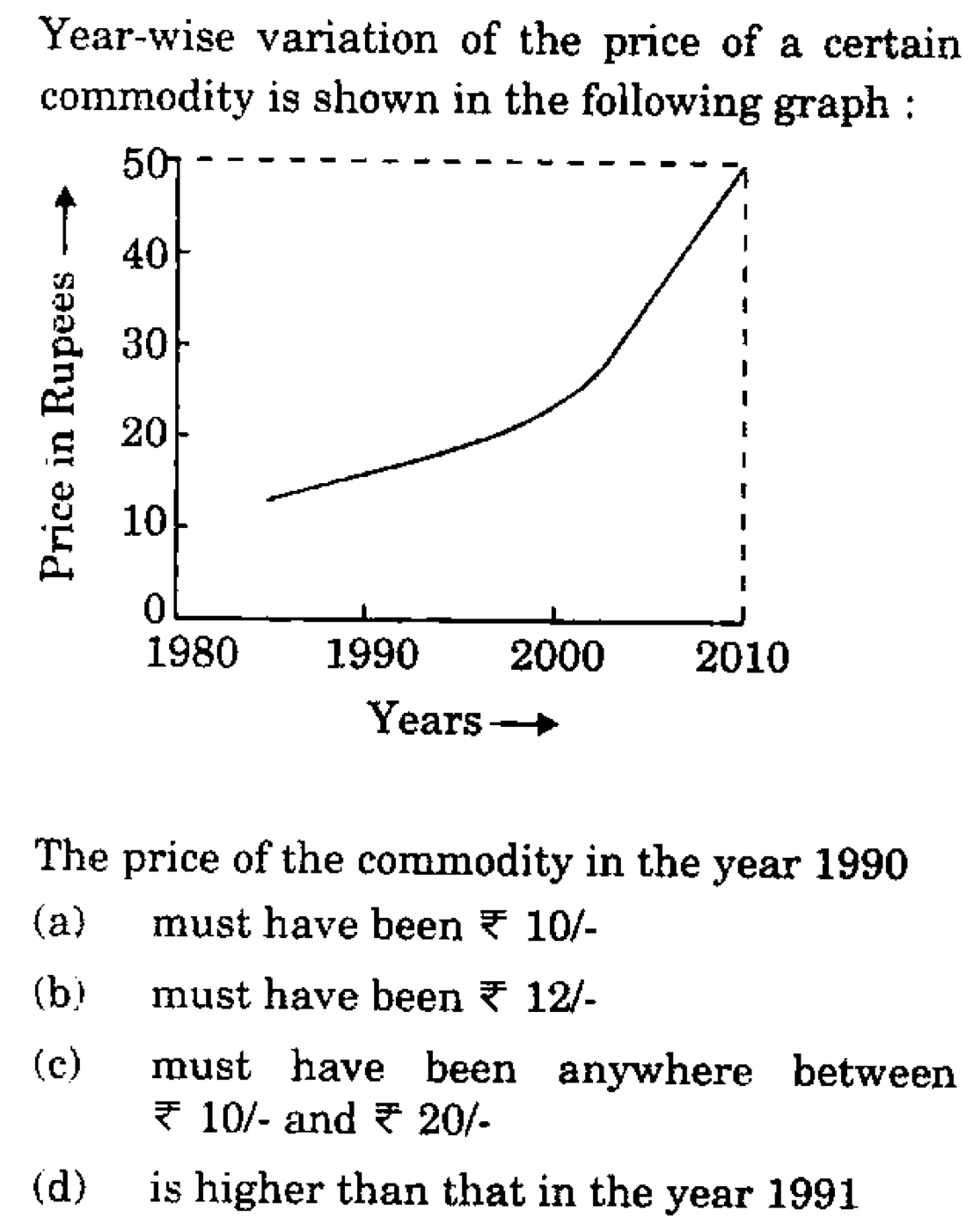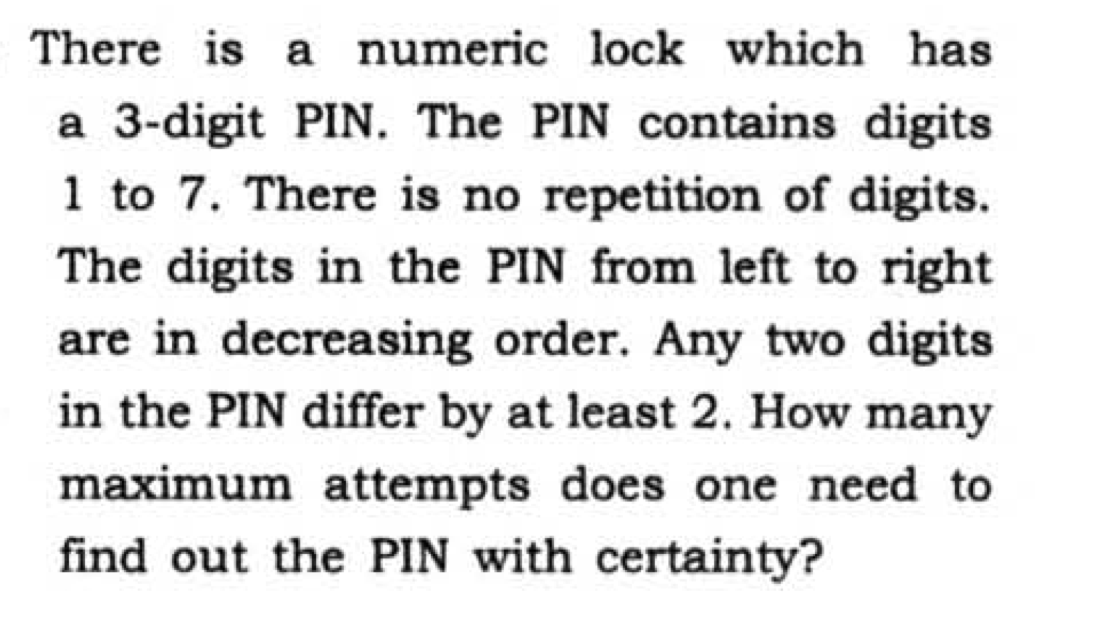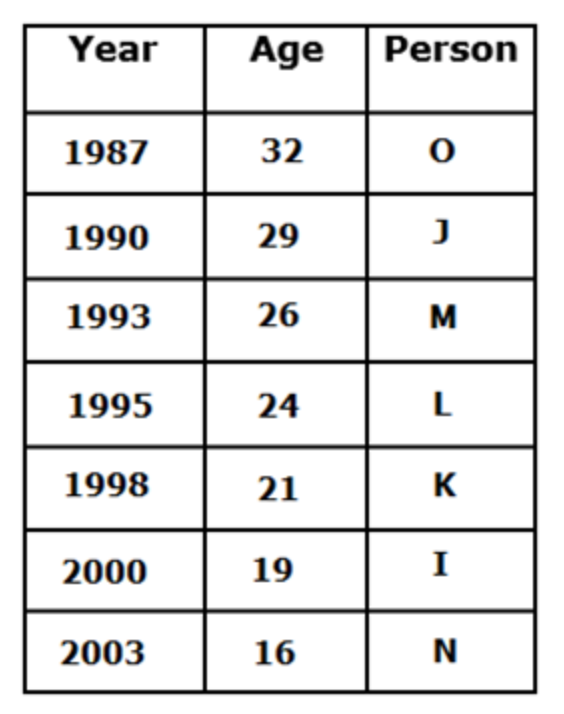Table of contents
Part 1 - Comprehension
Comprehension refers to the ability to understand something. By comprehending what you are reading, you can extract meaning from the text.
Following simple strategies can help you improve comprehension:
Improve your vocabulary
Knowing the meaning of a word can improve your ability to comprehend the meaning. To improve vocabulary, whenever you are reading something and come across a new word - just search for its meaning in English-English dictionary. You can refer Word power made easy book to improve your vocabulary.
Do not over-emphasize on examples, illustrations, etc.
You just need to get a hang of the main point (central argument) and not the examples. Examples are used to substantiate the core idea of the passage.
Read the Question First
Always go through the questions first and then the passage. This will prepare you to focus on the things you need to look at in the passage. (This depends on individuals)
Difficult passages
Sometimes we are not able to comprehend a particular passage (eg. a philosophical passage). It is a better idea to skip such questions for 2nd round rather than wasting time reading again and again.
Stop When You Get Confused
And try to summarize what you just read - In order to summarise, you can underline the important keywords while reading. Skim back through the text and compare what you've summarized in your mind.
Rely on information given in passage
Any of the options that is out of scope is almost never the correct answer. The right answer is always based on the information given within the passage. Do not focus on any of the options that distract you from the passage. Don't use your prior knowledge while solving comprehension questions.
Don't get distracted
If you feel like you've lost track while reading, then stop for a moment. Read again from where you last remember. This will save your time in reading mindlessly.
Anticipate arguments
Try to anticipate/predict future arguments in the passage. If you’re right, this reinforces your understanding. If you’re wrong, you make adjustments quickly. (don't do it in the beginning)
Extreme words
Be cautious around extreme words in options - Just like GS, in comprehension too, options with words like 'all, never, only, etc.' tend to be wrong. (Not 100% of times - but whenever you see an extreme word - be cautious)
Engage with the Passage
You cannot understand something which you dislike. Actively involve yourself in the passage and try to simplify the sentences.
And lastly - Practice, practice, practice - solve a lot of questions/tests.
Part 2: Quantitative Aptitude (Maths)
It includes - Basic Numeracy, General Mental Ability, Data interpretation.
Quantitative Aptitude Tests evaluate the numerical ability and problem-solving skills of a candidates. In UPSC CSAT, around 25-30 questions are asked every year from this section.
Many aspirants make this classic mistake of ignoring the maths and relying on language comprehension / reasoning. However, looking at the nature of comprehension questions where multiple interpretations are possible, it will be unwise to do so.
Essential tips to prepare Maths
Start from the basics
Prepare the basics of mathematics, such as number system, percentages, averages, etc. You should have absolute command over these fundamental mathematical operations.
Identify your strengths and weaknesses
This will help you determine which questions to solve on priority in the exam. Eg. If you are weak in Permutation and Combination, solve the questions from this topic in the end. Don’t waste your time on it.
Focus on conceputal clarity
The fundamental concepts of the topics should be clear. Take guidance from your teacher if you get stuck on a particular topic. Do not leave any topic, even if it seems unimportant, as questions can be asked from anywhere. Revise the concepts as and when possible.
Don’t rely on tricks! Make your core strong. This way, even if UPSC asks tricky questions, you can answer them. E.g. You should be aware of the basic concepts such as types of numbers, LCM, HCF, divisibility tests etc in number system topic.
Read the questions carefully
Read the questions carefully so that you understand them correctly. If you can convert word problem into mathematical expression, half your problem is solved.
Practice
Solve previous year's papers and also mock tests of UPSC prelims. It will help you get familiar with the pattern and structure of questions. The key mantra to clear the CSAT cutoff is practice and speed. Notice the silly mistakes committed and try to avoid them. These mistakes can include calculation errors, formula errors etc.
For topic wise practice questions - Click here
Cheat sheet
Quantitative Aptitude includes a lot of formulas, theorems, tables, etc. Write down the important ones that needs to be remebered on paper. Prepare short notes on each topic to be revised multiple times.
Solve questions in round system
Just like GS, solve CSAT questions in a round system. Solve the simplest questions first, mark the questions that looks solvable but are tricky for the second round. Lastly, identify the questions which are to be solved only if you there is some extra time in end.
Skippable questions
There will be tough questions in this section - added to waste your time. We call them homework questions, they are not meant to be solved in the exam hall. If you don't know how to solve the question within 20-30 seconds, leave it for later.
CSAT 360 course + Mentorship
Course starts from 10th Feb.
Comprehensive coverage of all topics, along with weekly Doubts day sessions and regular mentor calls.
Free CSAT Resources
Click the button below to find free resources to practice CSAT mathematics, CSAT logical reasoning and CSAT comprehension by yourself. These posts contain theory as well as practice questions.
Part 3: Reasoning
(Interpersonal skills including communication skills, Logical reasoning and analytical ability, Decision-making and problem-solving)
In this section, aspirants can score the maximum marks if you prepare the basics and master time management.
General Tips
- The answer to a reasoning problem is always hidden in the question, so one must understand the question carefully. A tricky questions might be easy if you comprehend the question.
- In questions based on data/diagrams, these illustrations are the most crucial part of the question. Observe them to arrive at the solution. See following question as an example -
- Remember the sequence of alphabets, i.e. which alphabet comes before/after a particular alphabet and also remember their numerical position as 1 to 26 and a reverse order.
- In questions of a cube, imagine the object in a 3D. Eg. dice and paper folding etc. It will help to solve the relevant question.
- Pick the right questions. You should learn to identify the difficulty level of the questions. According to the difficulty level, solve the easiest questions first and then move to solve difficult questions in round 2 or 3.
- Don’t panic if you come across a few very difficult questions in row. If you've prepared decently and you are finding some questions difficult, it means probably everyone out there will find the paper difficult. In such a situation, if you are able to hold your nerves and keep calm, you will be able to score better! If you panic, you will be prone to make silly mistakes - thus unnecessarily losing marks.
- Time management is the key. If you get stuck in any question, learn to leave that question for a moment and move on. Go with the target to attempt 55+ questions in CSAT.
- Identify the sections from where UPSC is asking questions repetitively - focus on mastering these sections. Eg. Every year questions are asked on topics such as direction sense, series completion, syllogisms, blood relations etc. Prepare these topics thoroughly and practice solving questions
- Learn the simple techniques and formulas to solve the questions easily. Eg. Learn how to draw Venn diagrams of syllogism questions
- Reasoning mostly covers sections like Critical Reasoning, Analytical Reasoning, Verbal Reasoning and Data Sufficiency. If nothing comes out as a conclusion, try to eliminate options to arrive at a correct answer. Remember that the given problem will be solved by the data given only, don’t make any assumptions or judgments while solving the question.
- Employ Smart Work - Reasoning is never hard work. It is always the smart moves of the brain. So, you need to train your brain to work smarter each time. There is always a structure and pattern for every question. Try to find out it and follow a smart strategy.
- For questions on Puzzles and Seating Arrangement - Don’t spend more time on a single puzzle. If you are able to organise information fast, then only spend time on these questions. Always organize the information in the desired structure like table, circle, line, etc.

| Alphabets | Alphabetical Order | Reverse Order |
| A | 1 | 26 |
| B | 2 | 25 |
| C | 3 | 24 |
| D | 4 | 23 |
| E | 5 | 22 |
| F | 6 | 21 |
| G | 7 | 20 |
| H | 8 | 19 |
| I | 9 | 18 |
| J | 10 | 17 |
| K | 11 | 16 |
| L | 12 | 15 |
| M | 13 | 14 |
| N | 14 | 13 |
| O | 15 | 12 |
| P | 16 | 11 |
| Q | 17 | 10 |
| R | 18 | 9 |
| S | 19 | 8 |
| T | 20 | 7 |
| U | 21 | 6 |
| V | 22 | 5 |
| W | 23 | 4 |
| X | 24 | 3 |
| Y | 25 | 2 |
| Z | 26 | 1 |



Eg. Seven persons are born in different years such as 1987, 1990, 1993, 1995, 1998, 2000 and 2003. All the person’s age are calculated by considering 2019 as the base year. Difference of age between I and J was same as between M and N. Both I and N are younger than M and J. I is not the youngest person of the group. Difference of age between I and J is 10 years. Difference between the ages of I and J is double the age difference of N and K. I was born in an even numbered year but younger than J who is elder than L. Age difference of N and K is equal to the difference of the age of L and J. L is younger than O but older than K.

- The questions asked from blood relations can be complex and convoluted but can be solved with ease if you know the basics. Learn to draw family tree. Also, you must be aware of different nomenclature related to family relations
- Practice is the key to success hence, practice solving as many questions as you can. Practice previous year question paper.
